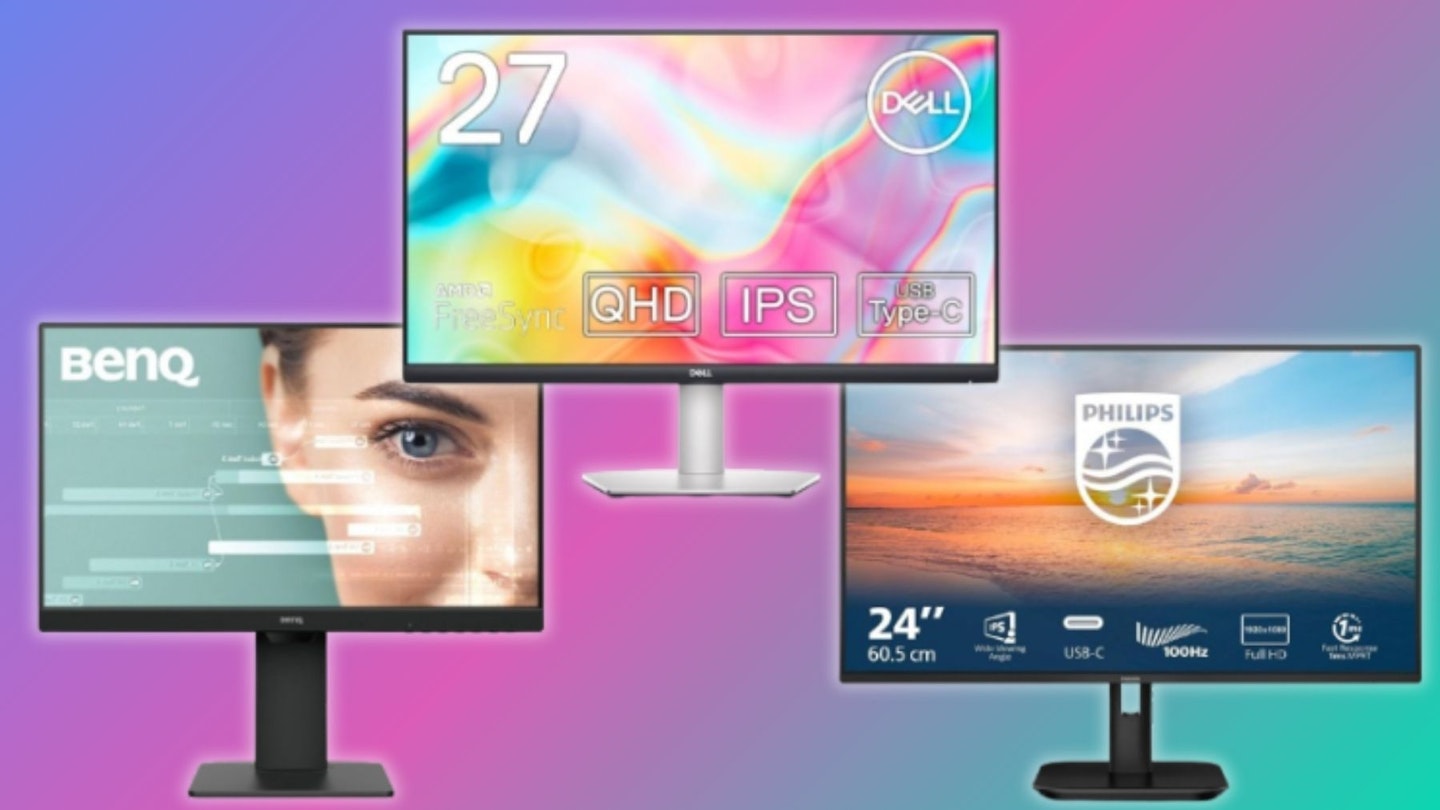When discussing the best monitors, you would be right to focus on-screen performance, but the build ports are just as important, and a USB-C connection is a fantastic feature that not every screen has. More and more of our daily devices use USB-C, but you might find your current monitor to be lacking any compatible ports. USB-C is here to stay, so it's a bright idea to look for an upgrade.
Anyone working from a desk, whether that's in an office or at home, knows the struggles of keeping your cables organised. Your keyboard, mouse, laptop and all your other devices want to be connected to each other, and adding a monitor or two into the mix can be even more taxing. Being able to bring most of these devices together in one place is very handy, and that's why the port selection of your monitor is crucial to consider. This goes doubly so for any dual monitor setup.
The best USB-C monitors at a glance:
• Best overall USB-C monitor: Dell S2722DC QHD Monitor - View on Amazon
• Best USB-C monitor for programmers: BenQ GW2785TC Monitor - View on Amazon
• Best Flicker-free USB-C monitor: ASUS VA24DCP Eye Care Monitor - View on Amazon
• Best budget-friendly USB-C monitor: PHILIPS 24E1N1300A FHD Monitor - View on Amazon
• Best USB-C monitor for ports: Dell U2422H UltraSharp Monitor - View on Amazon
• Best USB-C office monitor: Lenovo L32p-30 4K Ultra HD Monitor - View on John Lewis
• Best USB-C curved monitor: Samsung Odyssey G8 OLED Curved Monitor - View on John Lewis
• Best USB-C 4K monitor: Gigabyte M32UC Curved Monitor - View on Currys
Of course, while a USB-C port is very important, you still want to factor in other specs. Brightness, measured in nits, is exactly as it sounds, with anything above 300 nits providing plenty of light. Colour support is also self-explanatory. Refresh rate and response time are less clear; they represent how often the screen refreshes and updates its image and how quickly the pixels can change respectively. Resolution is the pixel detail, with FHD and QHD being great, and any 4K monitor looking excellent.
There are a lot of monitor brands out there, and the options available can feel quite overwhelming, but we're here to help. We've curated a list of some of our favourite USB-C monitors for your consideration. We've factored in their strengths, weaknesses, and specs, so you can be assured that each of these is a quality pick.
The best USB-C monitors:
All prices are correct at the time of writing. Prices, stock and deals are subject to change without notice.
Best overall USB-C monitor
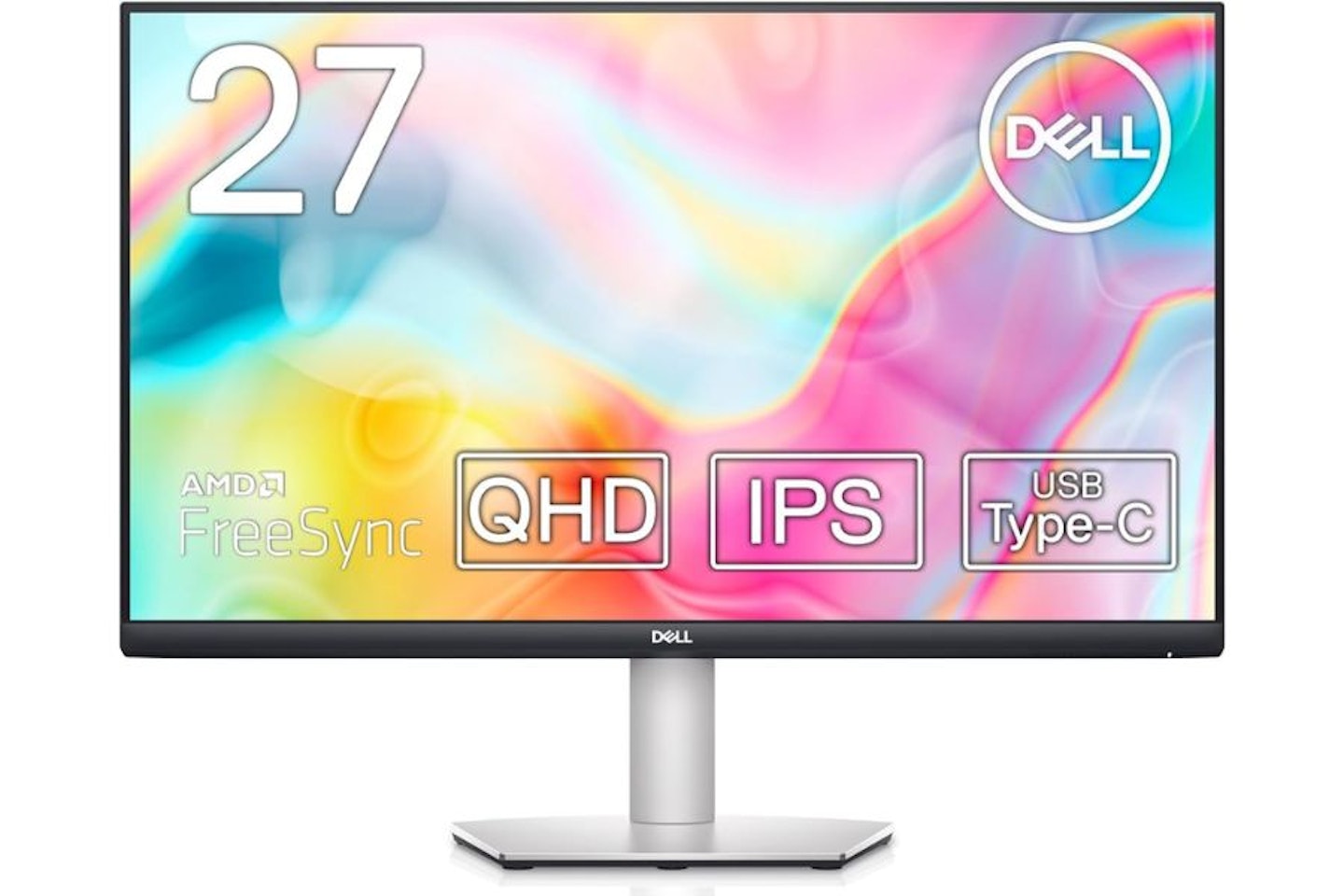 Dell
DellFor the best jack-of-all-trades, we recommend the Dell S2722DC QHD Monitor. Aside from some underwhelming speakers, this monitor has nearly no weak points. The specs combine to form a great overall screen quality, with the 75Hz refresh rate, 4ms response time, and 350 nits of brightness as standouts. The QHD resolution is no slouch either.
Beyond screen performance, the build here is great too. It's easy to adjust, so you can tweak the tilt, swivel and height to your liking. The bezels are also excellent, being notably thin and unobtrusive while still providing plenty of protection.
Pros
- Excellent screen quality
- Very easy to adjust
- Thin and sleek bezels
Cons
- Unremarkable speakers
| Resolution | QHD |
| Screen size | 27 inches |
| Screen type | IPS |
| Refresh rate | 75Hz |
| Response time | 4ms |
| HDR | Unspecified |
| Ports | HDMI, USB-C, USB |
| Colour support | 16.7 million |
| Brightness | 350 nits |
| Viewing angle | 178 degrees |
Best USB-C monitor for programmers
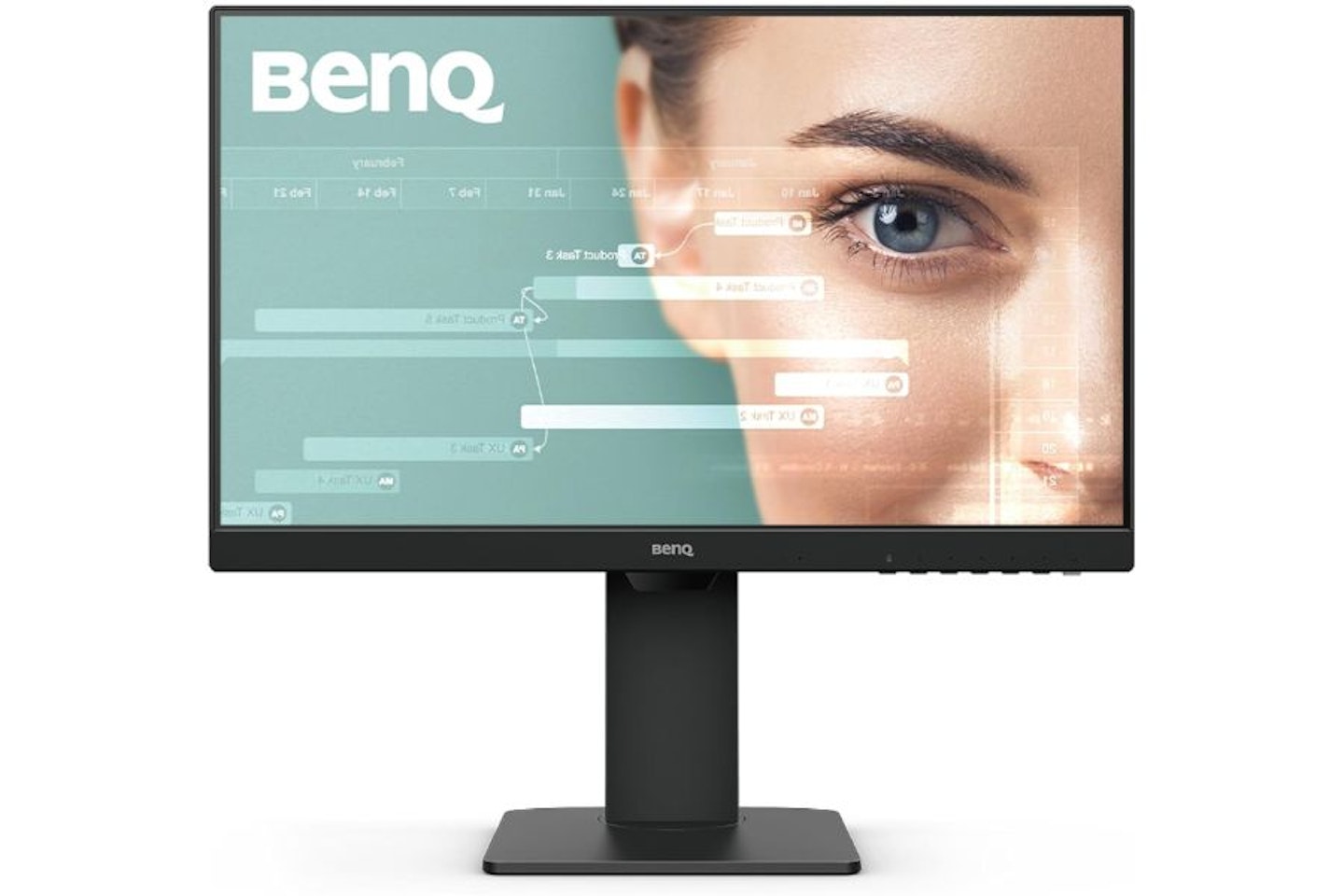 BenQ
BenQThe BenQ GW2785TC Monitor has a handful of unique features that make it noteworthy. A noise-cancelling microphone is handy for any voice or video calls, and there is a USB-C port capable of 60W quick charging, so this is a screen that can charge your phone. Of course, the main feature is the Coding Mode. This tunes settings such as contrast and saturation to better suit coding, making for a more comfortable experience on your eyes and, in turn, allowing you to go on for longer.
In terms of specs, the BenQ GW2785TC is respectable. A refresh rate of 75Hz and response time of 5ms is the baseline we like to see from monitors, so it performs fine for most uses. Unfortunately, the brightness isn't amazing, so keep a desk lamp nearby.
Pros
- Coding Mode for enhanced comfort and performance
- Noise-cancellation microphone
- 60W USB-C quick charging
Cons
- So-so brightness
| Resolution | 1080p |
| Screen size | 27 inches |
| Screen type | IPS LED |
| Refresh rate | 75Hz |
| Response time | 5ms |
| HDR | Unspecified |
| Ports | HDMI, DisplayPort, USB-C |
| Colour support | 16.7 million |
| Brightness | 250 nits |
| Viewing angle | 178 degrees |
Best Flicker-free USB-C monitor
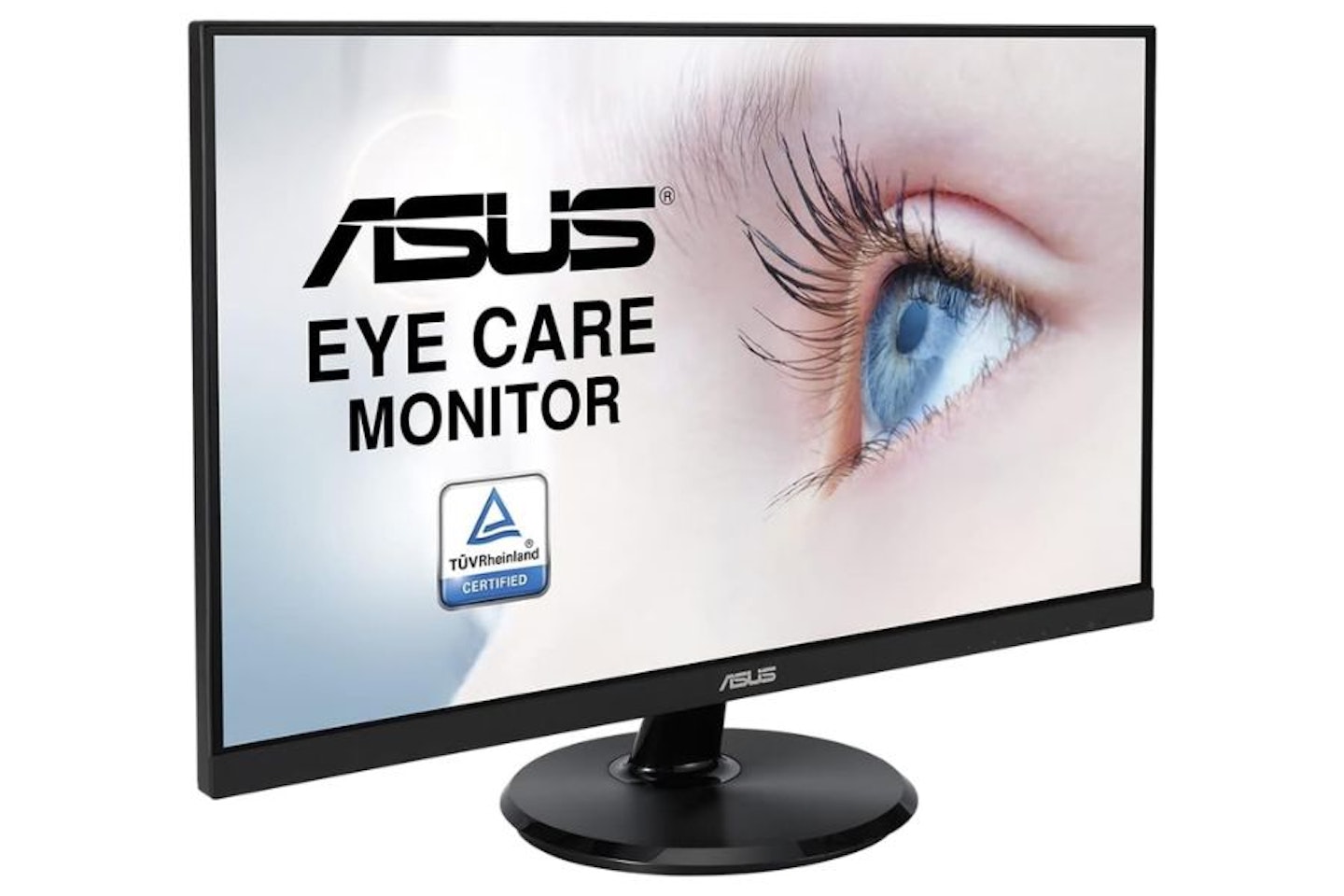 ASUS
ASUSWith "Eye Care" in its name, the ASUS VA24DCP is designed to be as comfortable on your eyes as possible. It has a Flicker-free screen and produces low amounts of blue light, so it doesn't cause as much strain as a regular monitor. None of this comes at the cost of the specs either, as the refresh rate and response time are solid.
Adjustability is a bit more limited than we would like from a monitor, but it's not a dealbreaker. In fact, this screen makes another niche for itself, thanks to it being wall-mountable. Doing so would allow you to clear up even more desk space.
Pros
- Low Blue Light and Flicker-free screen is kind on the eyes
- Suitable for wall-mounting
- Solid specs overall
Cons
- Adjustability could be better
| Resolution | FHD |
| Screen size | 23.8 inches |
| Screen type | IPS LED |
| Refresh rate | 75Hz |
| Response time | 5ms |
| HDR | Unspecified |
| Ports | HDMI, USB-C, 65W power delivery |
| Colour support | 16.7 million |
| Brightness | 250 nits |
| Viewing angle | 178 degrees |
Best budget-friendly USB-C monitor
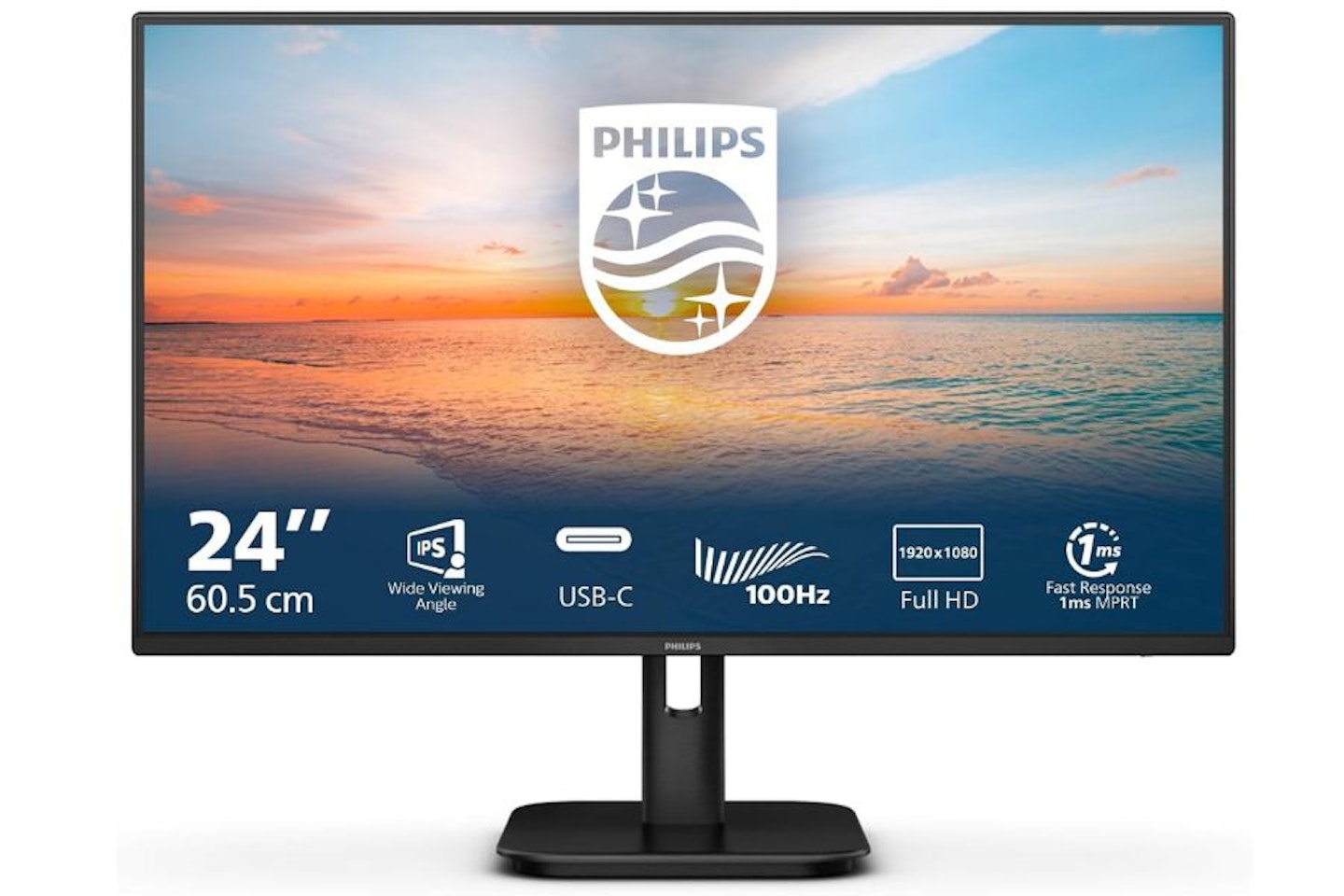 Philips
PhilipsThe PHILIPS 24E1N1300A proves that even budget-friendly monitors can feature USB-C ports. It's comfortably under £150, and with its specs, it's great value for money. The refresh rate and response time easily compete and even outperform, in some cases, pricier models. At 100Hz and 1ms, you've got a very responsive and reliable display.
While the ports themselves are fine, functional, and reliable, their placement could be a bit better. It's a bit of a stretch to reach around for them, so be prepared and hope you don't need to unplug anything too often.
Pros
- Great value for money
- Effective response time
- Impressive refresh rate for the price
Cons
- Ports can be tricky to reach
| Resolution | FHD |
| Screen size | 24 inches |
| Screen type | IPS LCD |
| Refresh rate | 100Hz |
| Response time | 1ms |
| HDR | Unspecified |
| Ports | HDMI, USB-C, USB |
| Colour support | Unspecified |
| Brightness | 250 nits |
| Viewing angle | 178 degrees |
Best USB-C monitor for ports
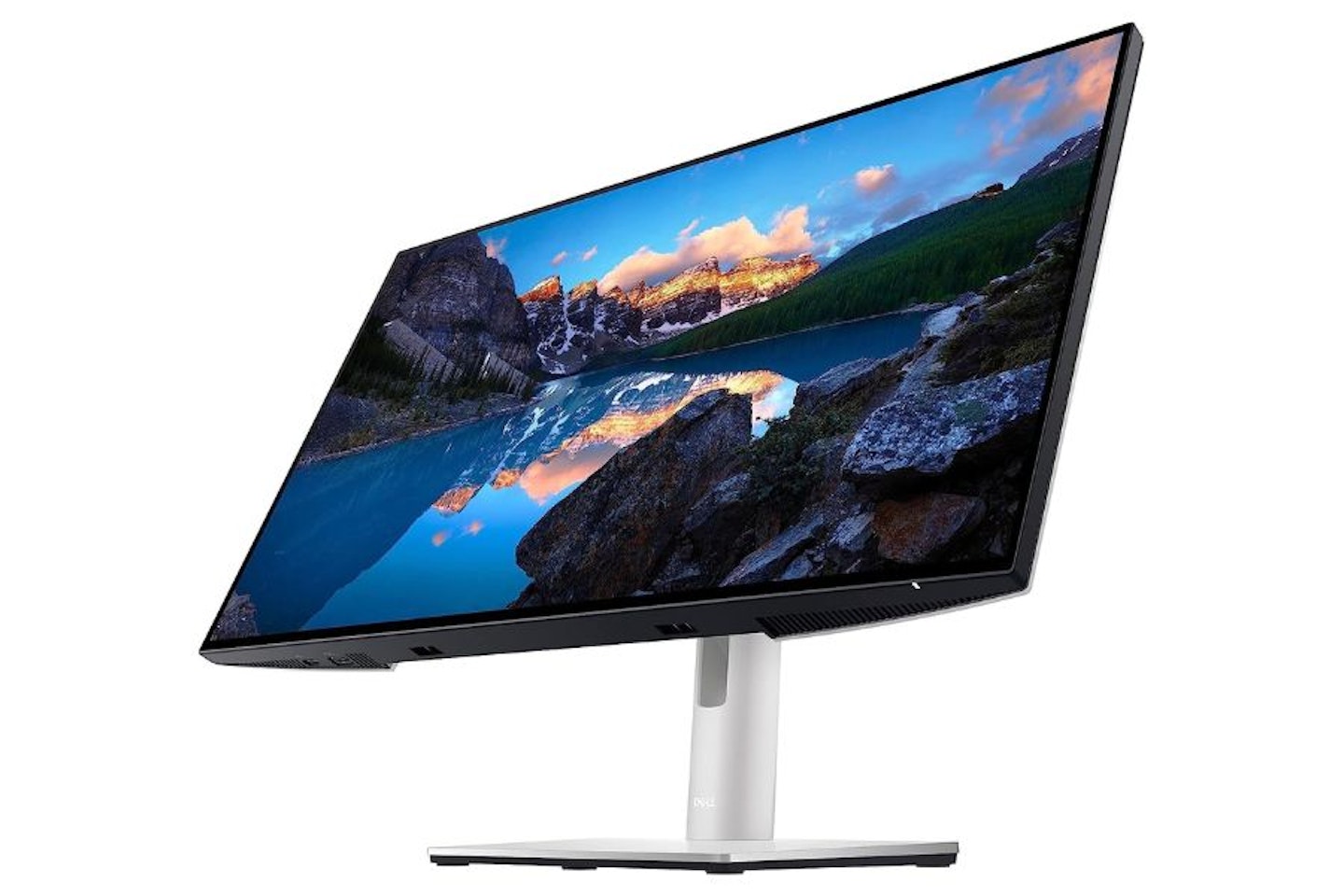 Dell
DellThe Dell U2422H UltraSharp Monitor strides in as the king of monitor ports. HDMI and DisplayPort ports are present, but it's the combination of three standard USB and two USB-C connections that earns its place on this list. The build is quite well-designed too, making for easy and practical cable management.
The specs are less amazing. The response time of 5ms and FHD resolution are fine, but the 60Hz refresh rate feels lacklustre.
Pros
- Great set of ports and connections
- Effective cable management
- Solid build that's easy to adjust
Cons
- Refresh rate is outclassed by other monitors
| Resolution | FHD |
| Screen size | 24 inches |
| Screen type | IPS |
| Refresh rate | 60Hz |
| Response time | 5ms |
| HDR | Unspecified |
| Ports | HDMI, DisplayPort x 2, USB-C x 2, USB x 3 |
| Colour support | Unspecified |
| Brightness | 250 nits |
| Viewing angle | 178 degrees |
Best USB-C office monitor
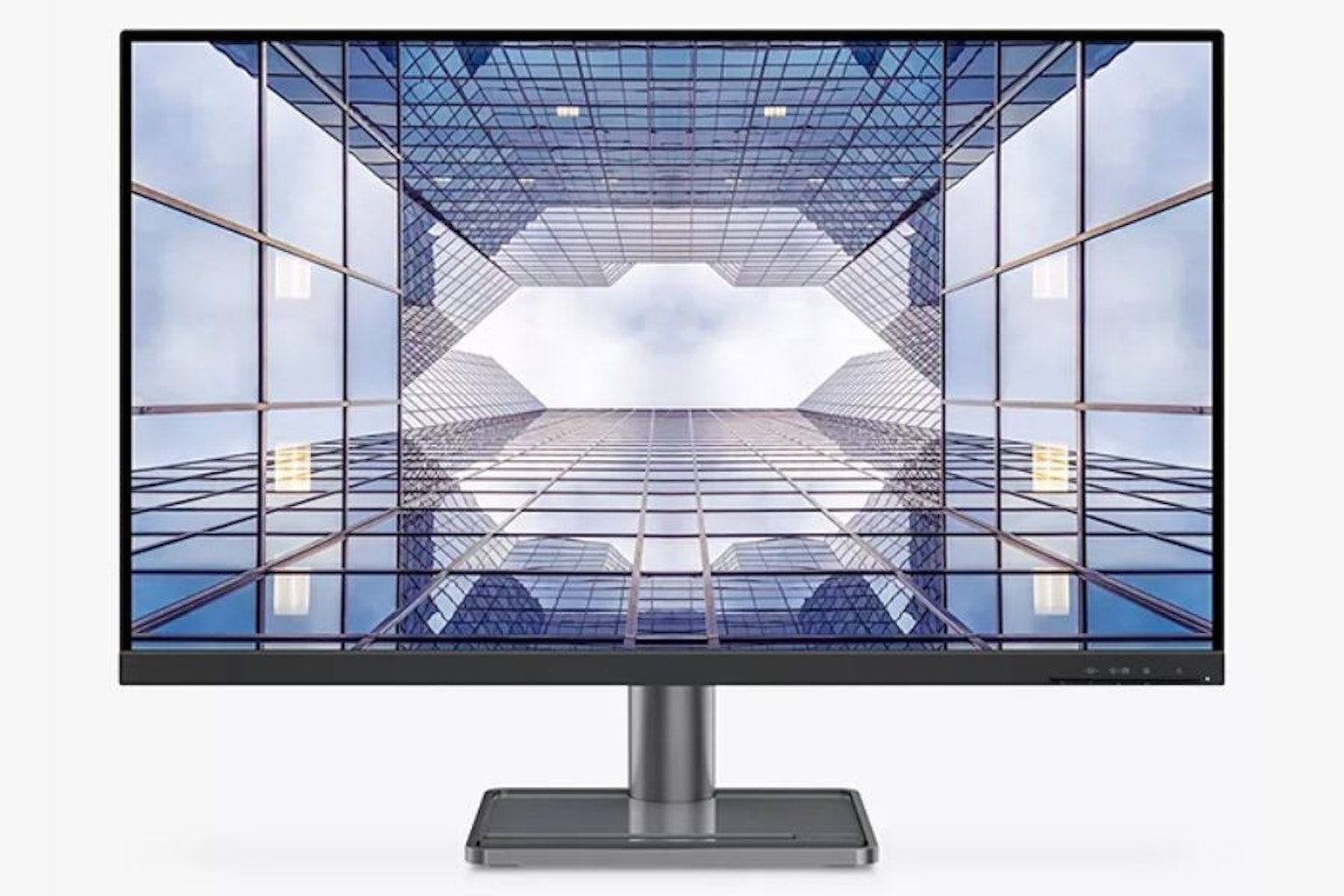
www.johnlewis.com
While we believe the Lenovo L32p-30 is a fantastic office monitor, it's also a great option for working from home. Regardless of your workplace, the specs are sure to please. A response time of 4ms and brightness of 350 nits is great, but it's the 1.07 billion colour support that really impresses. It also boasts HDR10, so even the contrast is great.
Although the stand feels as though it limits the range of adjustability, we don't think it's too bad of a weakness. After all, this is a monitor that excels when paired with another screen for a dual display, so you probably won't be moving it around too often anyway.
Pros
- Excellent colour support and visuals
- Great brightness
- Thin bezels make it ideal for dual-screen setups
Cons
- Stand isn't the most adjustable
| Resolution | 4K |
| Screen size | 31.5 inches |
| Screen type | WLED |
| Refresh rate | 60-75Hz |
| Response time | 4ms |
| HDR | HDR10 |
| Ports | HDMI, DisplayPort, USB-C |
| Colour support | 1.07 billion |
| Brightness | 350 nits |
| Viewing angle | 178 degrees |
Best USB-C curved monitor
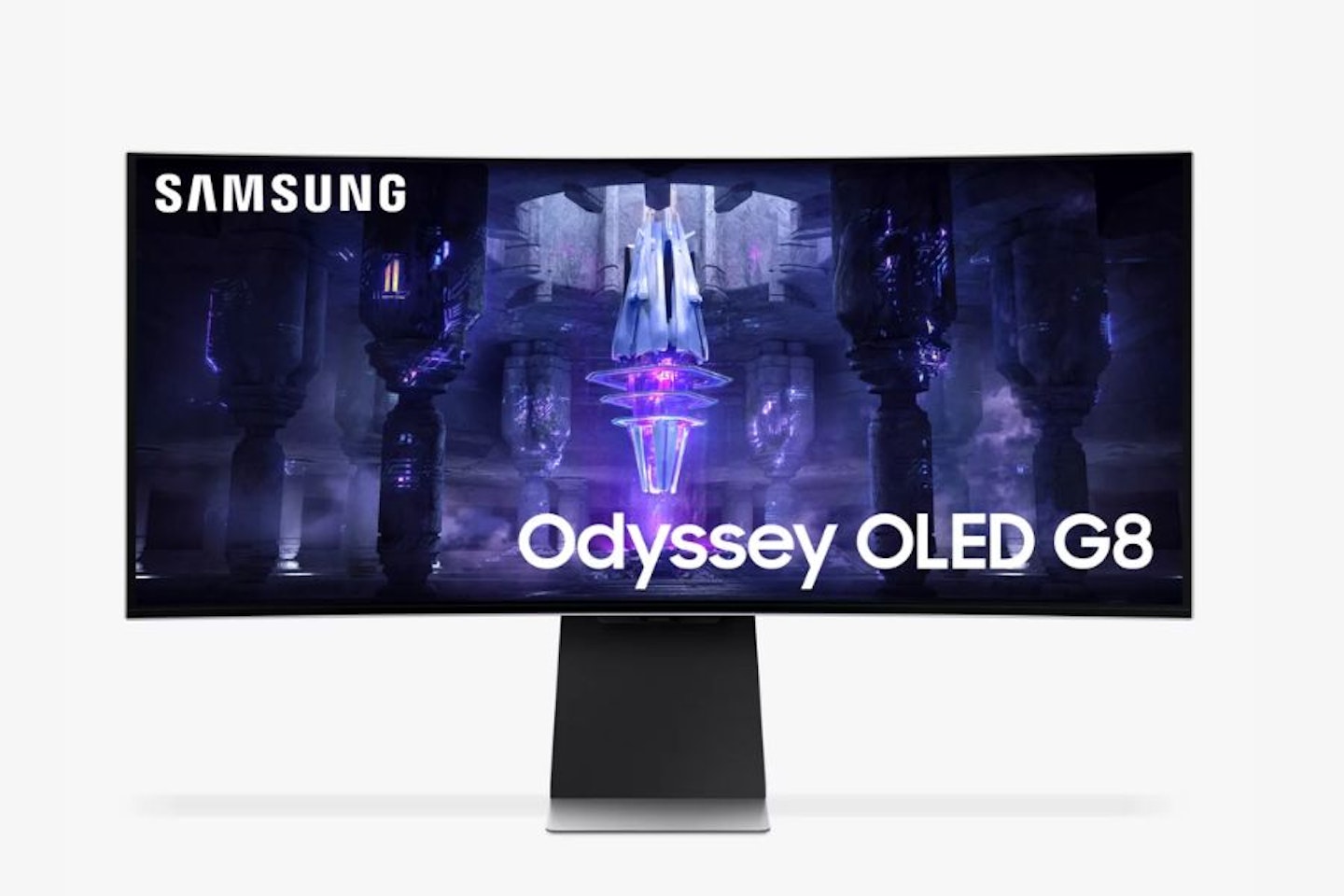
www.johnlewis.com
For something a bit different, consider the Samsung Odyssey G8 OLED Curved Monitor. That's right, this is a curved display, and an OLED one at that, so the visuals are a treat to behold. This is further enhanced by the specs, with a 175Hz and 0.03ms response time as initial standouts. Beyond those, you have 1.07 billion colour support and HDR10+ for contrast. There are also two USB-C ports.
There's a glaring omission from that list of amazing specs, and that's the brightness. While 250 nits can be forgiven in plenty of monitors, it feels like it falls well behind the rest of the specs here. That said, the OLED screen does help to lessen this issue.
Pros
- Immersive curved OLED display
- Superb refresh rate and response time
- Two USB-C ports
Cons
- Brightness falls behind its other specs
| Resolution | 4K |
| Screen size | 34 inches |
| Screen type | OLED |
| Refresh rate | 175Hz |
| Response time | 0.03ms |
| HDR | HDR10+ |
| Ports | Micro HDMI, USB-C x 2 |
| Colour support | 1.07 billion |
| Brightness | 250 nits |
| Viewing angle | 178 degrees |
Best USB-C 4K monitor
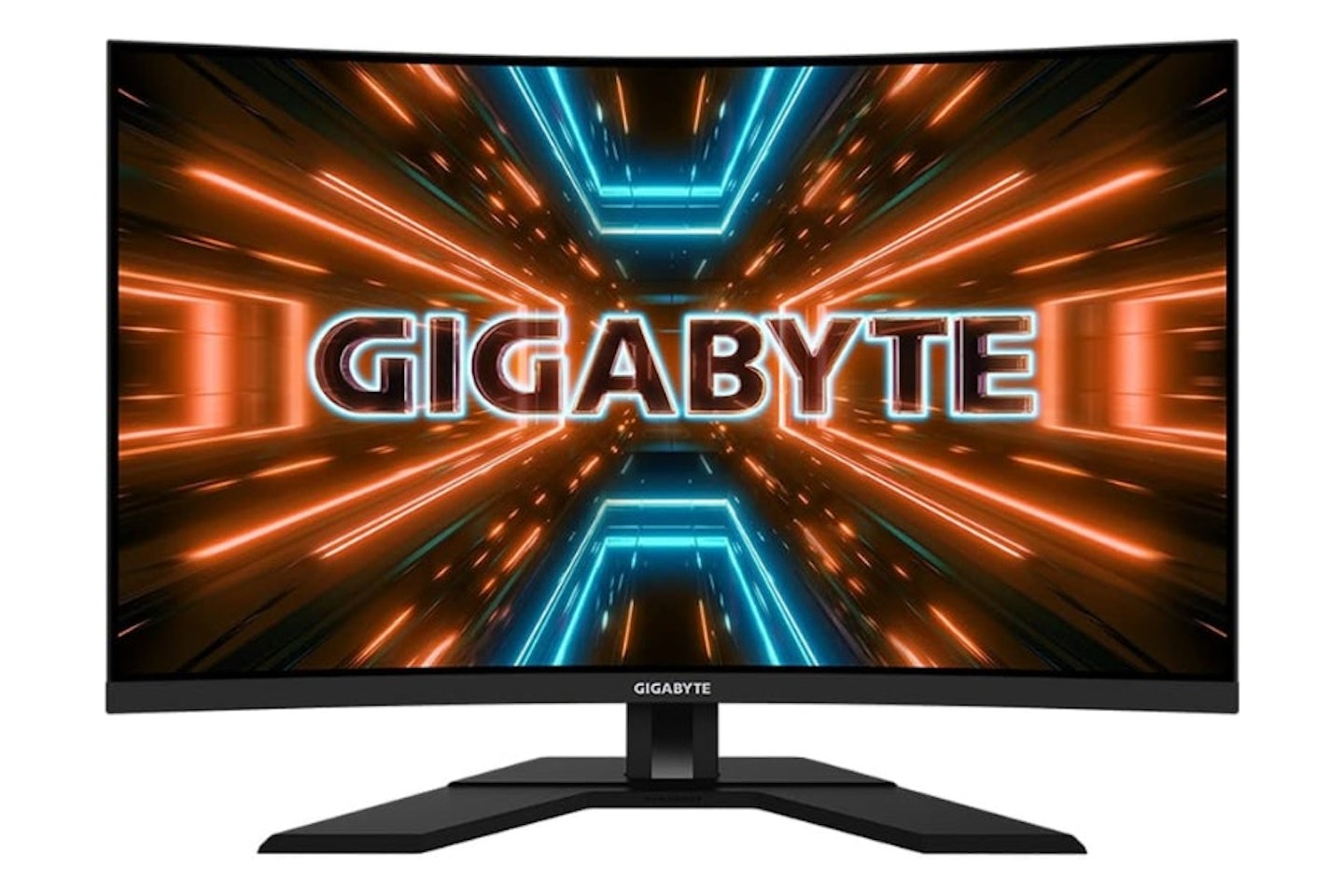 Gigabyte
Gigabyte www.currys.co.uk
Another curved monitor, this time it's the Gigabyte M32UC. This is a monitor with a 4K resolution, so the detail displayed is incredible, with HDR400 to boost the contrast. It all pairs nicely with the 160Hz refresh rate and 1ms response time, always providing you with beautiful visuals on screen. Even the speakers are solid for a monitor.
It shouldn't come as a surprise that a monitor of this size requires a large base stand, so be wary of that and take it into account for your desk. Luckily, the KVM feature helps to keep your setup convenient. Through a button on the side, you can change what device your mouse and keyboard are working with, allowing you to go between your laptop and back if you so desire.
Pros
- Brilliant 4K resolution
- Solid integrated speakers
- KVM adds a lot of extra convenience
Cons
- Base stand requires a lot of room
| Resolution | 4K |
| Screen size | 31.5 inches |
| Screen type | VA LED |
| Refresh rate | 160Hz |
| Response time | 1ms |
| HDR | HDR400 |
| Ports | HDMI, DisplayPort, USB-C |
| Colour support | Unspecified |
| Brightness | 300 nits |
| Viewing angle | 178 degrees |
FAQs
Why use USB-C?
You may have noticed that it feels like more monitors feature regular USB (or USB-A) rather than USB-C, so why should you prioritise finding this connection?
In essence, USB-C is the upgraded form of USB-A, being better than it in several ways. More modern monitors include USB-C ports, and going forward more monitors should feature them too.
USB-C connections are faster, both for data transferring and charging. If you have a device connected to a monitor via USB-C, it will likely charge faster, perform more consistently, and respond quicker than you would expect from a USB-A connection.
It's also worth noting that USB-C has a minor yet convenient edge over other USB connections. We all know the dance of flipping a USB around to find which way is up, but now, with USB-C, that won't be necessary. Both faces of the head work regardless of orientation, so there's no right or wrong way up when connecting it.
Should you use a curved monitor?
A few monitors on our list are curved, so you may be curious about the benefits of using one. They can seem a bit unorthodox, and they take up a fair bit of space, so why choose a curved monitor?
In brief, a curved monitor caters to our eyes better than a flat screen. The screen's curve draws our eyes and attention better to the screen, making you less likely to be distracted by anything outside of the frame. This subtle, simple guidance for our eyes helps to reduce unnecessary eye movements and, in turn, helps to prevent eye fatigue from kicking in so quickly. Whether it's work or relaxation, a curved monitor is certainly worth your consideration.
Any other important connections?
The only notable port that you will need to keep an eye out for is the lightning connection. While Apple appears to be going with USB-C compatibility in their devices going forward, a lot of its products still require a unique lightning connection. It has many of the same benefits as USB-C, but you will need to find a compatible monitor for any Apple devices you use. Usually, this will be an Apple monitor.
Kyle Purves is a Commercial Content Writer for What’s The Best, with an avid interest in all things gaming and tech.
They’re well-versed in reviewing a variety of tech products, with a soft spot for speakers and earphones. They’re also no stranger to hunting down the best savings, always wanting to get the best deal possible. Outside of work, they can often be found playing through an RPG, listening to Japanese noise rock, or trying to catch up with their ever-expanding list of shows and anime to watch. If possible, they try to play Dungeons and Dragons a couple of times a week, but getting six adults to be free at the same time is easier said than done.
Subscribe to the What’s The Best Newsletter to keep up to date with more of the latest reviews and recommendations from the rest of the What’s The Best team.
